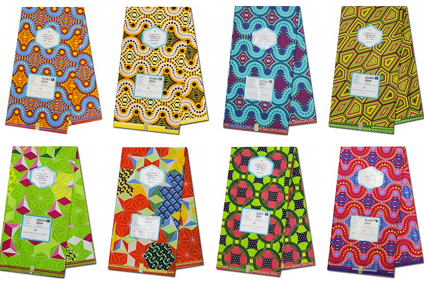Fashion Cities Africa – an exhibition held in Brighton that started at the end of April – has been billed as the ‘first major UK exhibition dedicated to contemporary African fashion’. The display focuses on four African cities: Johannesburg in South Africa, Nairobi in Kenya, Lagos in Nigeria and Casablanca in Morocco. The exhibition brings together designers from all four cities in a celebration of Africa’s diverse fashion industry.
Writing online about the event, the museum’s keeper of world art, Helen Mears, said: “We want to reveal the diversity that exists across the continent – and within single cities – and show that wax print is only part of the story of African fashion. Each of the cities featured has its own fashion scene: in some cases emergent, in others more established. Some African designers are now major players in international fashion, while others are experimenting creatively in the interface between global fashion and local identities.”
The exhibition will feature clothing produced by some of the most influential designers in the industry, as well as some breakthrough artists currently making waves in the world of social media. The Sartists, a Johannesburg-based collective, will be displaying their range of urban, post-apartheid wear made popular through their Instagram page. According to their website, the group’s aim is to “recreate and communicate African authentic stories through style.”
Also on display are a wide range of West African textiles and fabrics, with Lagos-born designer Amaka Osakwe exhibiting her womenswear label Maki Oh. The internationally recognised label, worn by such names as Beyonce, Rihanna, and Michelle Obama, combines traditional fabrics and textures with a modern, sleek aesthetic. One of her hallmarks is the heavy use of the traditional textile art process ‘Adire’ – a form of hand-dyeing. Visitors to the exhibition will be able to see these traditional methods given a fresh new perspective.
This exciting event is sure to raise the profile of modern African fashion, as well as lead to a shift in the public perception towards an appreciation for the richness and diversity of styles on offer. The exhibition will bring to new audiences a taste of the colour and vibrancy of African fashion set in a modern context, as well as promote the time- honoured fabrics and textures that go into the making of it.



